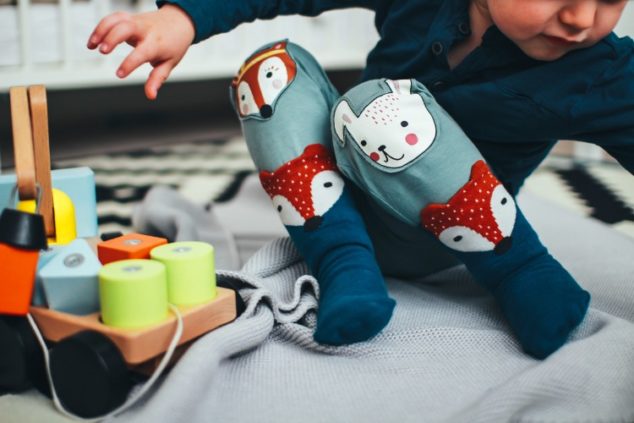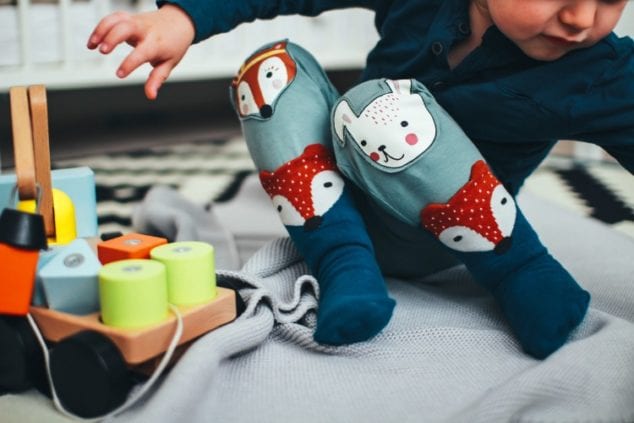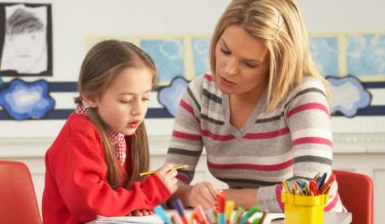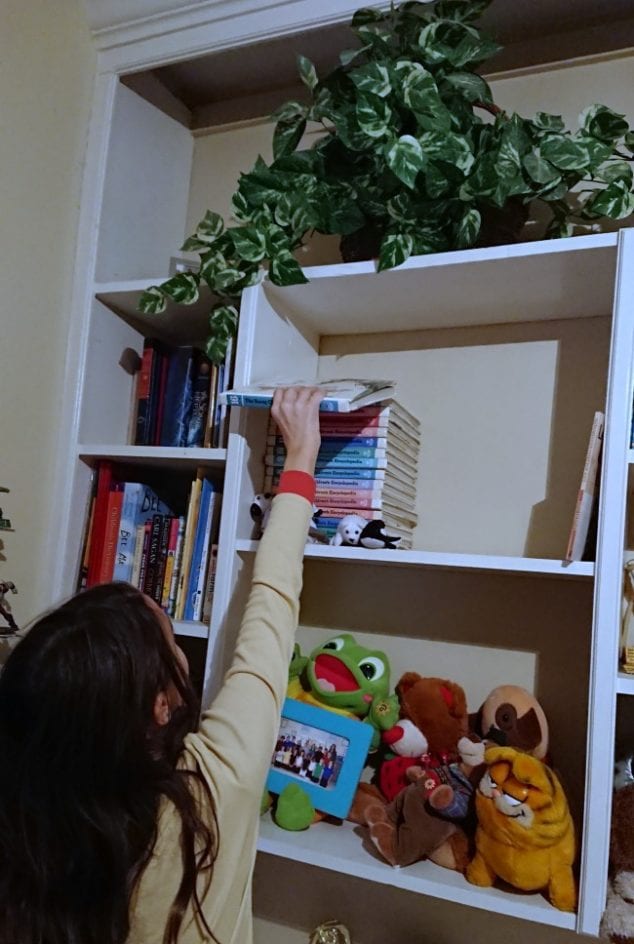Organization is a valuable skill that will carry over into many other areas of a person’s life. When a child is taught how to become organized early on, then they will be more likely to develop strong organizational habits for life. This will enable them to better manage their time, possessions and relationships. For this reason, it is important for you to begin to implement the following ideas for how to improve organizational skills into your parenting routine at an early age. This blog post will give you 10 creative and fun ideas to get your kids organized. From color coding to DIY storage solutions, these tips will make organizing a breeze for both you and your children.
How To Improve Organizational Skills In Children:
Explain the Benefits
The essence of organization is being able to categorize things efficiently. Therefore, the child must be old enough to make associations. This begins when small children learn to sort things. Stacking cups and matching shapes are the beginnings of understanding how to organize.
When beginning to teach children organizational skills, it can be helpful to point out how being organized can help a person to save time. Even younger children will understand how putting their toys away can make it possible to find them quickly when they are ready to play again. Keeping their art supplies put away in their art desk, will keep them be ready to use. Instead of possessions being lost in various rooms, they child will be able to know where they are and use them immediately.
For older children, keeping school supplies organized can be invaluable. It can help them to cut down on the time that it takes to complete homework assignments and projects.
Create a Routine For How To Become Organized
Teaching organization skills is best learned through creating habits in a person’s every day activities. Even very young children can be taught how to clean up at the end of their play session. They can also be taught how to organize their room. They can start by putting their clothing into hampers, making their bed each morning, and putting laundry away after it has been folded. When the same actions are performed on a regular basis, then children will be more likely to stick to an organizational plan. The idea that everything has a place is the foundation of organization.
Keep Track of Progress
Young children are often visual learners. To teach children organizational skills, you will want to create a visual reminder of when a child completes a specific task. This can be done through creating a checklist, hanging up a calendar or by utilizing a weekly planner. The most important thing is to make sure that it is a method that your child can understand. Then, they can mark off each task as it is accomplished. Some children will also benefit from a small reward at the end of a completed week. A simple trip to the local park is a great way to celebrate a job well done.
A Few Organizational Skills Young Children Should Master
- Putting toys back in correct toy bins
- Putting dirty clothes in the hamper
- Making their bed
- Keeping their desk neat
- Putting clothes away correctly
- Putting shoes away
- Returning books to bookshelf
10 Unique Ways To Get Your Kids Organized
Do you feel like every time you tidy up your kids’ playroom or bedroom, it ends up looking like a hurricane hit it just a few hours later? You’re not alone. Keeping kids organized and their spaces clutter-free can be a never-ending battle for parents. But fear not, we’ve compiled a list of 10 unique tips that will make organizing a fun and effortless experience for both you and your children. Older children should be involved with each step of the organization in order to learn how to do it for themselves. From color-coding to creating chore charts, get ready to transform your kids’ space into an organized oasis. Let’s dive in!
Color code everything
One of the most effective ways to help your kids keep their space organized is by implementing a color-coding system. Assign a color to different items, such as toys, books, and clothes, and use color-coded labels or stickers to mark where each item belongs. This will make it easier for your kids to identify where everything goes and will incentivize them to put things back in their proper place.
For example, you can use green for toys, red for books, and blue for clothes. So in this case, each clothing drawer would have a blue label (see section on lablels below) that stated what it was: “Pants”, “Shirts”, and “Underwear”. Each toy drawer would have a green label stating what should be in that drawer: “puzzles”, “action figures”, and “race cars”. This system is not only effective but can also add a pop of color to your kids’ space and make it more visually appealing.
By incorporating a color-coding system into your organizational routine, you can also teach your kids about categorization and help them develop their organizational skills. This skill will serve them well throughout their lives, and who knows, they may even start color-coding their own spaces as they grow older!
Now that you have a color-coding strategy in place, let’s move on to the next tip and learn how to create a DIY storage station to keep your kids’ belongings neat and tidy.
Create a DIY storage station
One of the best ways to keep your kids’ things organized is to create a DIY storage station. Not only is this a fun project for you and your children to tackle together, but it’s also a great way to encourage them to take ownership of their belongings and keep everything in its proper place.
To start, think about what types of storage containers would work best for your child’s needs. You can use everything from cardboard boxes and plastic bins to wooden crates and fabric baskets. Be sure to choose containers that are the right size for your child’s belongings and that are easy for them to open and close on their own. These days you can usually find some well-priced cubby type furniture with lots of crates to slide into the divided shelves. They are a must-have for every toy room.
Creating a DIY storage station is a great way to teach your kids about the importance of organization and responsibility, and it will make your life a lot easier too. Once everything has its own designated spot, you’ll be able to find what you need quickly and easily, and you won’t have to worry about tripping over toys or clothes scattered all over the floor.
So go ahead and get started on your DIY storage station today! And don’t forget to check out the next tip on our list, which will show you how to make use of labels to keep everything even more organized.
Make use of labels
One of the most important aspects of organization is ensuring that everything has its own designated spot. But how do you make sure your kids know where everything belongs? The answer is simple: labels. By labeling shelves, boxes, and drawers, you can make it easy for your kids to understand where everything belongs and help them take responsibility for keeping things in their appropriate spot.
Labeling can also be a fun activity for your kids. Let them choose their own labels and help them put them on their designated spots. This will give them a sense of ownership and make them more likely to use the storage areas you’ve created for them.
Now that you’ve got everything labeled, it’s time to take your organization to the next level with our next tip: investing in a bulletin board.
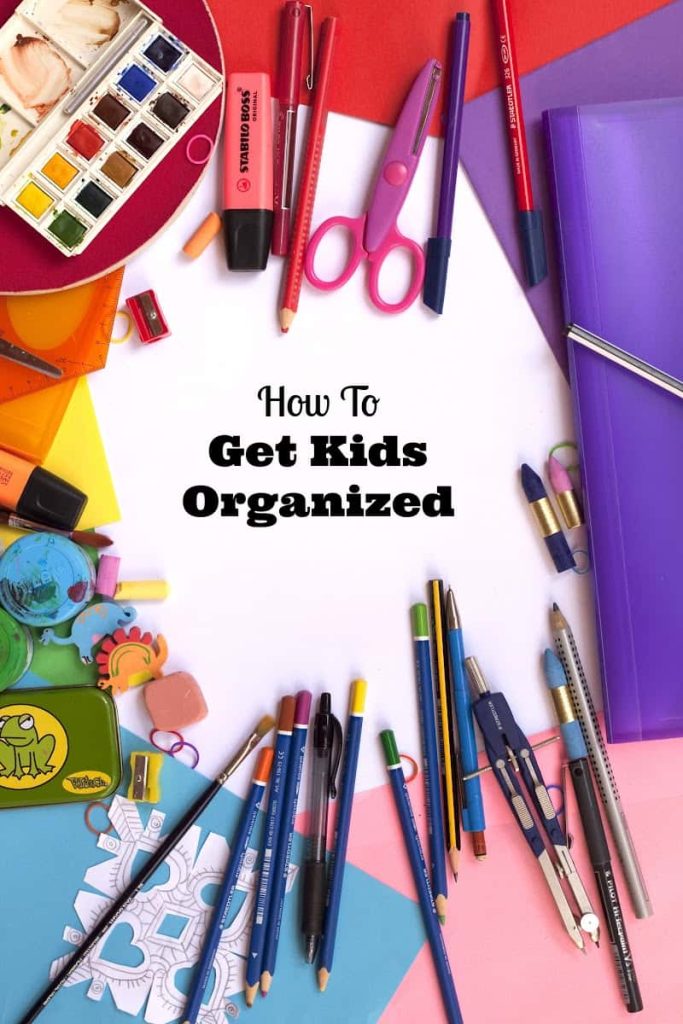
Invest in a bulletin board
Invest in a bulletin board (or white board) to further optimize your kids’ organizational skills. A bulletin board can act as a centralized hub for important reminders, schedules, and to-do lists. By displaying these elements in a prominent place in your home, your kids will always know what needs to be done and when. Plus, a bulletin board can also serve as a creative outlet, allowing your kids to showcase their artwork or display pictures of their achievements.
With a combination of labeling, bulletin boards, and cleaning charts, you’ll transform your kids into organization experts in no time.
Create a chore chart
By taking advantage of organizational tools like bulletin boards, you can help your kids understand the value of keeping track of their tasks and responsibilities. But displaying schedules and to-do lists is only part of the equation. One way to get your kids motivated to tackle their chores is by creating a chore chart. By dividing up tasks among family members, you’ll provide a sense of ownership and accountability that will build character and teach valuable life skills.
But chores don’t have to be a chore! Next, we’ll discuss how to make cleaning a game that your kids will actually want to play.
Make cleaning a game
On weekends, you might want to play a quick clean game as a family. Making cleaning a game can turn a tedious task into a fun activity for the whole family. Try assigning each room a point value based on how difficult it is to clean, and challenge your kids to earn the most points. You could also set a timer and see who can clean their designated area the fastest. And if your kids are competitive, you could even offer a prize for the winner.
Not only does turning cleaning into a game make it more enjoyable for your kids, but it also helps them develop a strong work ethic and a sense of responsibility. By completing their tasks with enthusiasm, they’ll feel a sense of pride in their accomplishments, which will boost their confidence and self-esteem.
Once your kids are motivated to clean, it’s important to teach them how to prioritize their tasks. By focusing on the most important tasks first, they’ll learn to manage their time effectively and become more productive. So let’s dive into some tips for teaching your kids how to prioritize their to-do lists.
Teach your kids to prioritize
It’s important to remember that getting tasks done isn’t just about completing them; it’s also about completing them efficiently. This is where the concept of prioritizing comes in. If your kids only have a certain amount of time to devote to cleaning their room, it’s important that they tackle the most impactful tasks first.
To teach your kids how to prioritize, encourage them to make a list of everything that needs to be done. Once they have a comprehensive list, challenge them to categorize each task based on importance. Which tasks will make the most impact and therefore need to be completed first? Which tasks can wait until later? By focusing on the most critical tasks first, your kids will learn how to manage their time more effectively.
In addition to teaching your kids how to prioritize their room cleaning tasks, this skill will also help them in other areas of their life as well. Whether it’s completing homework or studying for a test, prioritization is a skill that will serve your kids well throughout their lives. So take some time to teach them this important skill and watch their productivity soar!
Next up, let’s explore some creative ways to make use of the often forgotten wall space in your kids’ rooms.
Make use of wall space
Making use of wall space is a great option that not only clears up clutter but also adds a decorative touch. Hang up some hooks for backpacks, jackets, and purses. This will help keep the floor free of clutter and make it easier for your kids to find what they need. You may also install a small shelf or floating ledge to display books, picture frames, and other personal items.
Another great way to utilize wall space is by adding a corkboard or whiteboard. This can be a great spot for your kids to post reminders, to-do lists, and important school papers. They can also use it as a creative outlet to display their artwork or inspirational quotes. Encourage your kids to personalize their organizational board by decorating it with stickers, washi tape, and other fun accessories. This should be their own personal mini command center.
By making use of wall space, you’ll not only keep your kids’ rooms organized but also add a fun and functional element to their space.
Create fun reward systems
Once you’ve worked together to successfully organize your kids’ rooms, it’s important to maintain the cleanliness and tidiness. One way to do this is by creating a fun reward system that motivates them to keep their space organized.
The reward system can be as simple as a sticker chart where they earn stickers for completing tasks such as making their bed, putting their toys away, and hanging up their clothes. Once they reach a certain number of stickers, they can choose a small reward such as extra screen time, a special treat, or a trip to their favorite park.
By implementing a reward system, you’re not only motivating your kids to stay organized but also making it fun for them. Plus, it teaches them the value of hard work and rewards. Next, let’s explore how you can get your kids involved in the decluttering process.
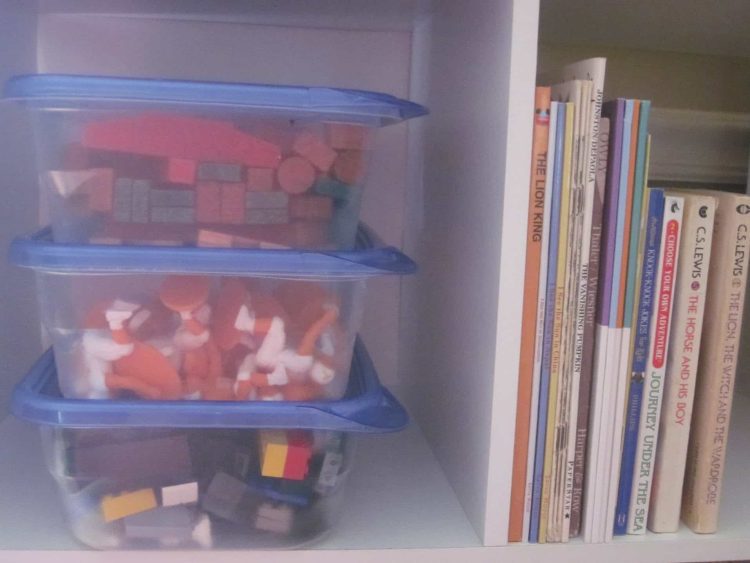
Get kids involved in decluttering
One of the best ways to get organized is to declutter. It also helps you stay organized to have less unnecessary things in the way. Decluttering your home can be a daunting task, and getting your kids involved can make it even harder. However, involving your kids in the decluttering process can have its benefits. Not only does it teach them the importance of being organized, but it also instills good habits that will benefit them for years to come.
One way to get your kids involved in the decluttering process is to create a game out of it. For example, you can challenge them to sort their toys into different categories, such as stuffed animals, action figures, and board games. You can also encourage them to donate toys that they no longer play with to a local charity.
Another way to involve your kids in decluttering is to make it a family project. Set aside a day to clean out the entire house, and assign tasks to each family member. Make it fun by playing music and ordering pizza for dinner.
Finally, it’s essential to teach your kids the importance of maintaining a clutter-free space. Encourage them to put things away after they use them and to keep their room tidy. By doing so, you’re instilling good habits that will stay with them into adulthood.
Conclusion
Once a child has begun to make progress in their organizational skills, then you will want to periodically review their organizational strategies. This will help to make sure that they are still the most effective for that age. Additionally, some children may require a reminder on occasion to help keep them on track with how to become organized. Over time, these reminders should grow less frequent. By starting small and teaching organization skills to your child at an early age, you will be helping them to learn important methods. These lifelong lessons will help them to be successful in their future endeavors. Teaching kids organization doesn’t have to be hard. Just do little by little and they will naturally come to like organization themselves.
By color-coding, creating a DIY storage station, making use of labels, and investing in a bulletin board, you can transform your kids’ space into an organized haven. And by involving them in the decluttering process, creating fun reward systems, and teaching them to prioritize, you’re giving them valuable life skills that will benefit them in the long run. Start implementing these ideas today, and watch as your kids become experts at keeping their space clean and organized. Remember, organization is not just a set of rules; it’s a way of life. So let’s raise organized kids who will grow up to be responsible and productive adults.
I hope you found these tips on how to improve organizational skills for children useful. Do you have any stories to share about teaching organization skills to children?
Related Posts:
How To Tell Kids You Are Moving
Effective And Easy Bathroom Organization Ideas

